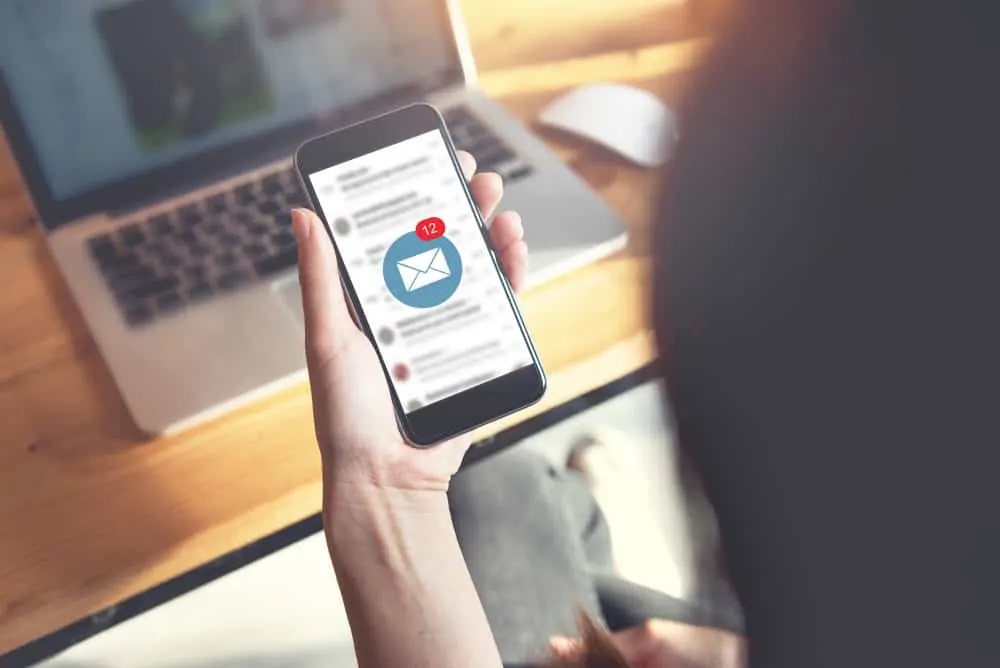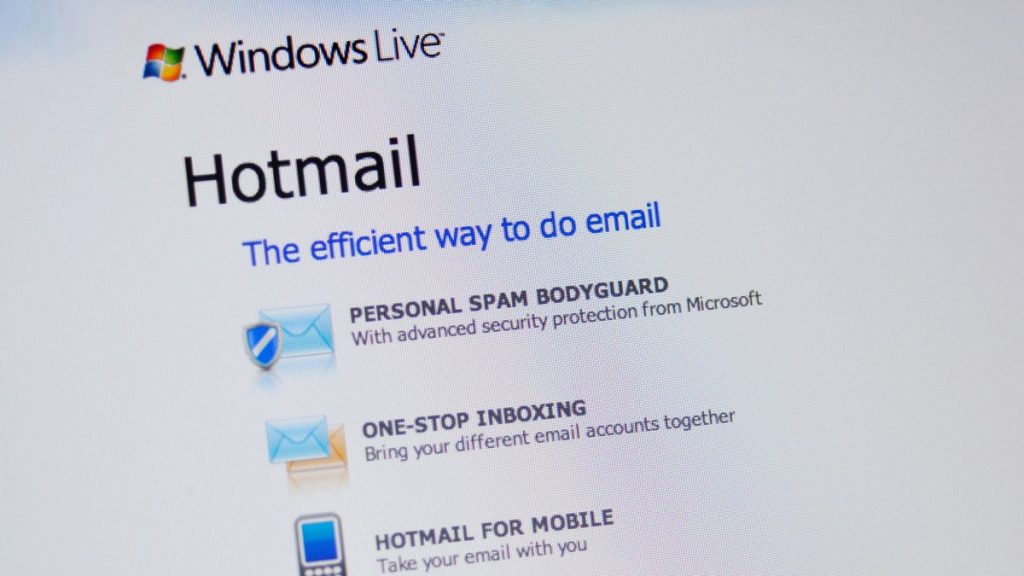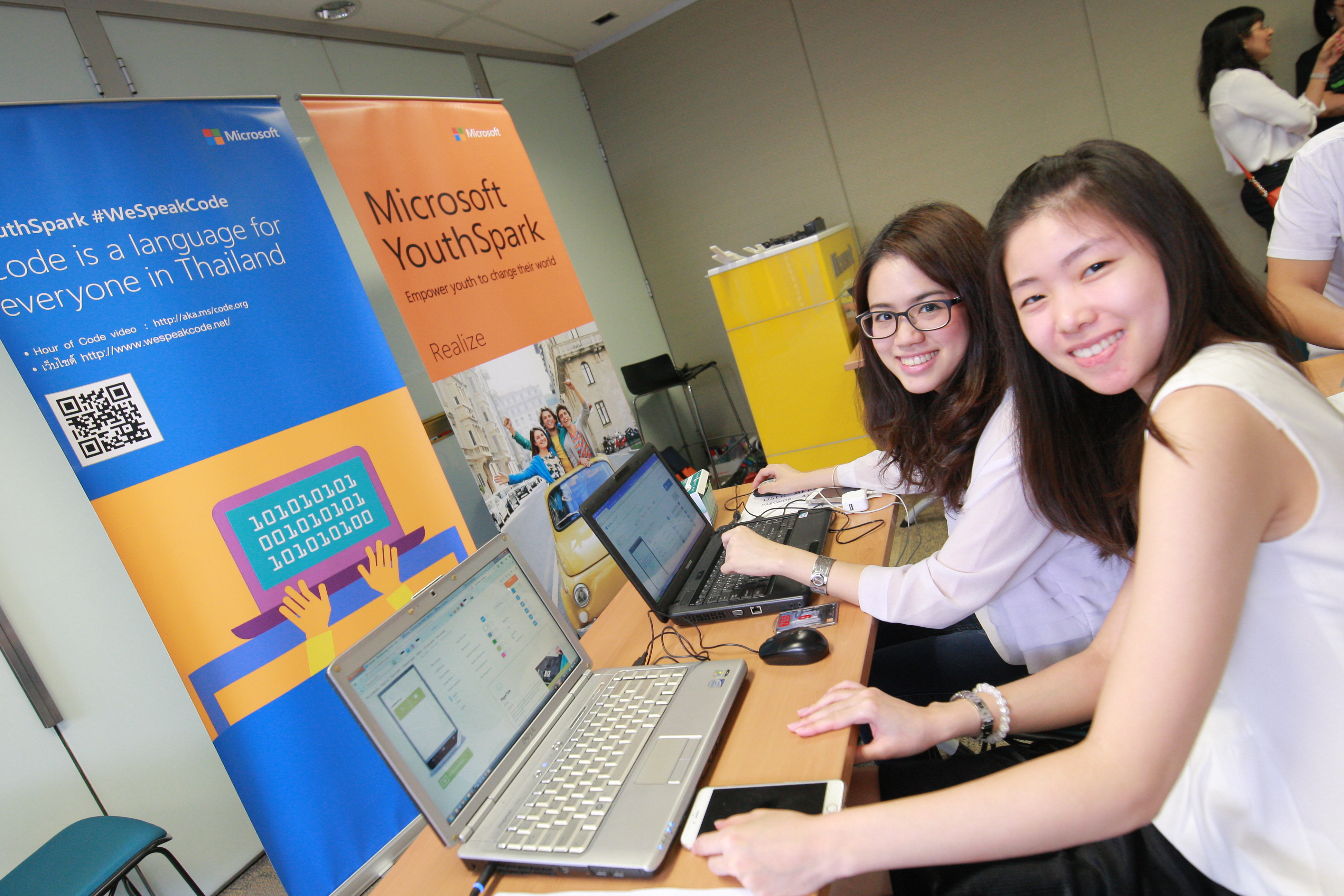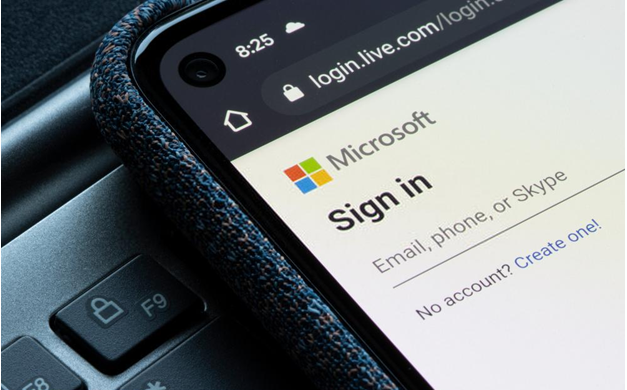In today’s digital age, students in Thailand are not only learning traditional subjects in the classroom but are also being introduced to technology and online communication platforms. One such tool that has gained popularity among the younger generation is Hotmail, a widely used email service.
Integrating lessons about Hotmail into the curriculum familiarizes students with essential digital skills and prepares them for the demands of the modern world.
The Role of Email in Modern Education
In today’s digital age, communication plays a pivotal role in education. With the advancement of technology, the traditional methods of communication among students and educators have evolved. Email has emerged as a fundamental tool for facilitating communication, collaboration, and the exchange of information in the educational sphere.
Understanding Communication in the Digital Age
The digital age has revolutionized the way individuals interact and communicate. Students are accustomed to instant messaging, social media platforms, and email as primary means of communication. With the advent of distance learning and virtual classrooms, email has become even more integral in fostering student-teacher interaction and peer collaboration. It serves as a formal channel for conveying information, submitting assignments, and seeking academic guidance beyond the confines of the physical classroom.
The Importance of Email Etiquette for Students
Email etiquette is a crucial skill that students need to develop for their academic and professional endeavours. Understanding the appropriate tone, formatting, and language of email communication is essential for portraying professionalism and respect. Moreover, email etiquette instills discipline and reinforces effective communication practices, valuable traits for future career prospects.
As students delve into the world of email communication, they must grasp the nuances of crafting well-articulated messages, addressing recipients respectfully, and following formal conventions. By honing these skills, students are better equipped to engage in meaningful correspondence with their peers, educators, and potential employers.
For further insights into the significance of effective email communication in education, refer to the resource on Email Etiquette in Education from Faculty Focus.
Explore the article The Role of Email in Education by the eLearning Industry for additional guidance on leveraging email communication for educational purposes.
Hotmail: A Brief History
The inception of Hotmail dates back to 1996 when Sabeer Bhatia and Jack Smith founded the webmail service, marking a pivotal moment in the history of email communication. Originally spelt “Hotmail” to highlight its use of HTML for the web user interface, it soon gained popularity for its free email service model, which was revolutionary at the time.
Over the years, Hotmail underwent significant evolution, particularly when it was acquired by Microsoft in 1997 and rebranded as “MSN Hotmail.” This move positioned the platform for even wider reach and impact.
From Launch to Evolution into Outlook
The launch of Hotmail set a new precedent for web-based email services, allowing users to access their emails from any internet-connected device. This marked a shift from the traditional client-based email systems, revolutionizing how people communicated electronically. As technology advanced, Hotmail underwent multiple transformations, incorporating features like increased storage capacity, improved spam filters, and enhanced security measures. These updates aimed to address the evolving needs of users and cement Hotmail’s status as a frontrunner in the email service domain.
Hotmail’s Impact on Email Communication
Hotmail’s introduction to the digital landscape left an indelible mark on email communication. It democratized access to email, enabling individuals from diverse socio-economic backgrounds to connect seamlessly and fostering global communication and collaboration. As Hotmail continued to evolve, its influence expanded, influencing the development of subsequent webmail services and the proliferation of online communication.
For further historical context on Hotmail’s impact, you can refer to the detailed account provided by The Evolution of Hotmail and the insightful analysis of the influence of webmail on digital communication by Tech Insights.
Incorporating Hotmail into the Thai Classroom
In recent years, incorporating technology into education has gained prominence, with email being a vital tool for communication and learning. When it comes to utilizing email for educational purposes, schools in Thailand adhere to official guidelines to ensure the responsible use of digital communication platforms.
Official Guidelines for Email Use in Schools
The Ministry of Education in Thailand has outlined official guidelines for the use of email in educational institutions, emphasizing the importance of maintaining professional conduct and utilizing email as a tool for constructive communication. These guidelines cover privacy, security, and the appropriate content of emails exchanged within the educational setting. Additionally, they stress the significance of incorporating email etiquette into the curriculum to prepare students for the professional world.
The Benefits of Using Hotmail for Educational Purposes
Integrating Hotmail into the Thai classroom offers various benefits for students and educators. Hotmail, with its user-friendly interface and accessibility, provides a platform for seamless communication and collaboration among students and teachers. It facilitates the efficient exchange of assignments, feedback, and educational resources, fostering a dynamic and interactive learning environment. Moreover, utilizing Hotmail introduces students to essential digital literacy skills, equipping them to navigate email platforms confidently, which is crucial in today’s technology-driven world.
Incorporating Hotmail into the Thai classroom aligns with official guidelines and enriches the educational experience by promoting effective communication and preparing students for the digital landscape they will encounter beyond the classroom.
Teaching Email Skills Using Hotmail
In today’s digital age, teaching students how to effectively use email is essential to preparing them for the professional world. When introducing email skills, using a familiar platform like Hotmail can simplify the learning process and make it more engaging for students.
Setting Up a Hotmail Account
The first step in teaching email skills using Hotmail is guiding students through setting up their accounts. This involves choosing a unique email address, creating a secure password, and providing basic personal information. Teachers can encourage students to explore Hotmail’s security features, such as two-step verification, to emphasize the importance of online safety.
Organizing Emails and Managing Inbox
Once the accounts are set up, the focus shifts to organizing emails and managing the inbox effectively. Educators can demonstrate how to create folders for categorizing emails, use filters to prioritize important messages, and declutter the inbox by archiving or deleting unnecessary emails. Emphasizing the importance of maintaining an organized inbox can help students develop good email management habits early on.
Composing and Sending Emails Effectively
Teaching students how to compose and send emails effectively is crucial for professional communication. This includes guiding them on crafting clear and concise subject lines, using formal language when necessary, and understanding email etiquette. With Hotmail’s user-friendly interface, educators can demonstrate features like attaching files, formatting text, and using the address book to streamline email composition.
By integrating practical lessons on setting up a Hotmail account, organizing emails, and composing effective messages, educators can equip students with valuable email skills that will benefit them in their academic and professional endeavours.
For more information on the significance of email skills in education, you can refer to this article published by Edutopia.
Hotmail’s Features Tailored for Education
Integration with Microsoft Office Online
Hotmail, as part of Microsoft’s suite of productivity tools, offers seamless integration with Microsoft Office Online, providing students with access to essential applications like Word, Excel, and PowerPoint. This integration allows students to create, edit, and collaborate on documents directly within their Hotmail accounts, enhancing their productivity and facilitating a more efficient learning process. The comprehensive functionality of Microsoft Office Online within Hotmail empowers students to craft professional-quality assignments and projects easily.
Collaboration Tools for Group Projects
Hotmail includes various collaboration tools advantageous for group projects commonly assigned in educational settings. With real-time document co-authoring and sharing features, students can work together seamlessly, irrespective of their physical locations. These collaborative capabilities encourage teamwork, creativity, and the exchange of ideas among students, fostering a dynamic learning environment that mirrors real-world collaborative work scenarios.
Calendar Management for Scheduling
Effective time management and scheduling are crucial for students juggling multiple classes, assignments, and extracurricular activities in an educational context. Hotmail’s calendar management functionality enables students to organize their schedules, set reminders for important deadlines, and coordinate group meetings effortlessly. By seamlessly integrating their academic commitments with their schedules, students can enhance their time management skills, reduce stress, and improve their productivity.
In addition, students can access further information on Hotmail’s features and benefits for education through Microsoft’s official education resources.
Integrating Hotmail’s features with Microsoft Office Online, collaboration tools, and calendar management, tailored specifically for education, offers a comprehensive suite of tools that can significantly enhance the learning experience for students in Thailand and beyond.
Privacy and Safety Considerations
In the wake of incorporating Hotmail in Thailand’s classrooms, it is crucial to address privacy and safety considerations to ensure the well-being of students. This section delves into protecting student information and understanding the implications of spam and phishing.
Protecting Student Information
Ensuring the protection of student information is paramount in the digital age. Educators and administrators must implement robust measures to safeguard students’ personal data and sensitive details. Utilizing secure email platforms and adhering to stringent data protection protocols can mitigate the risk of unauthorized access and data breaches. Additionally, educating students about the significance of privacy and the responsible use of technology can foster a culture of vigilance and digital awareness within educational settings.
Understanding Spam and Phishing
Spam and phishing activities pose a significant threat to the privacy and security of students using online platforms such as Hotmail. Educating students about the telltale signs of spam emails and phishing attempts is instrumental in fortifying their defences against cyber threats. Students can adeptly identify and report suspicious activities by fostering a comprehensive understanding of these malicious tactics, thereby contributing to a safer digital environment within the educational sphere.
For further insights into online safety and privacy, resources such as StaySafeOnline.org and FTC’s Consumer Information offer invaluable guidance and best practices for maintaining digital privacy and security.
Real-World Applications of Email for Students
Networking and Communication with Peers Globally
Email has revolutionized student communication, enabling them to connect with peers globally. Through email, students in Thailand can collaborate with their counterparts in different countries, gaining diverse perspectives and cultural insights. This allows students to broaden their horizons, fostering a global mindset and understanding.
When using email to communicate with peers globally, students learn to navigate cultural nuances and language barriers, developing essential skills for cross-cultural communication. This real-world application of email enhances their interpersonal abilities and prepares them for a globalized professional landscape.
Preparing for the Professional World
Email proficiency is crucial for students preparing to enter the professional world. By utilizing email in an educational setting, students in Thailand gain practical experience in formal communication, honing their ability to craft professional emails, respond to inquiries, and participate in digital correspondence.
Moreover, the use of email in educational contexts familiarizes students with professional etiquette and expectations, ensuring that they are well-equipped to navigate the professional world upon graduation. This real-world application of email equips students with the necessary tools to succeed in their future careers, setting a solid foundation for their professional endeavours.
In the professional world, individuals are required to demonstrate effective email communication, and early exposure to email in an academic environment gives students a head start in mastering this invaluable skill.
Challenges and Solutions
Overcoming Technological Barriers in the Classroom
Incorporating new technologies in the classroom often presents challenges. Infrastructure limitations, such as poor internet connectivity or outdated devices, can hinder the seamless integration of technological tools. To overcome these barriers, institutions must invest in robust infrastructure and ensure all students can access the necessary devices and internet connectivity. Additionally, providing training and support for teachers can help them effectively utilize technology in their teaching methods.
Addressing Resistance to New Technologies
Resistance to change is a common hurdle when introducing new technologies in the classroom. Some educators may be apprehensive about adapting their teaching methods, fearing that technology might overshadow traditional pedagogical practices.
To address this resistance, it is crucial to provide educators with comprehensive training on integrating technology into their teaching, emphasizing the benefits and efficiency it can bring to the learning process. Moreover, showcasing success stories of educators who have effectively utilized technology can help alleviate apprehensions and encourage widespread adoption.
By addressing these challenges and providing viable solutions, educational institutions can successfully integrate new technologies into the classroom, creating an enriched learning environment for students.
By Geoff Thomas
⚠ Article Disclaimer
The above article is sponsored content any opinions expressed in this article are those of the author and not necessarily reflect the views of CTN News












